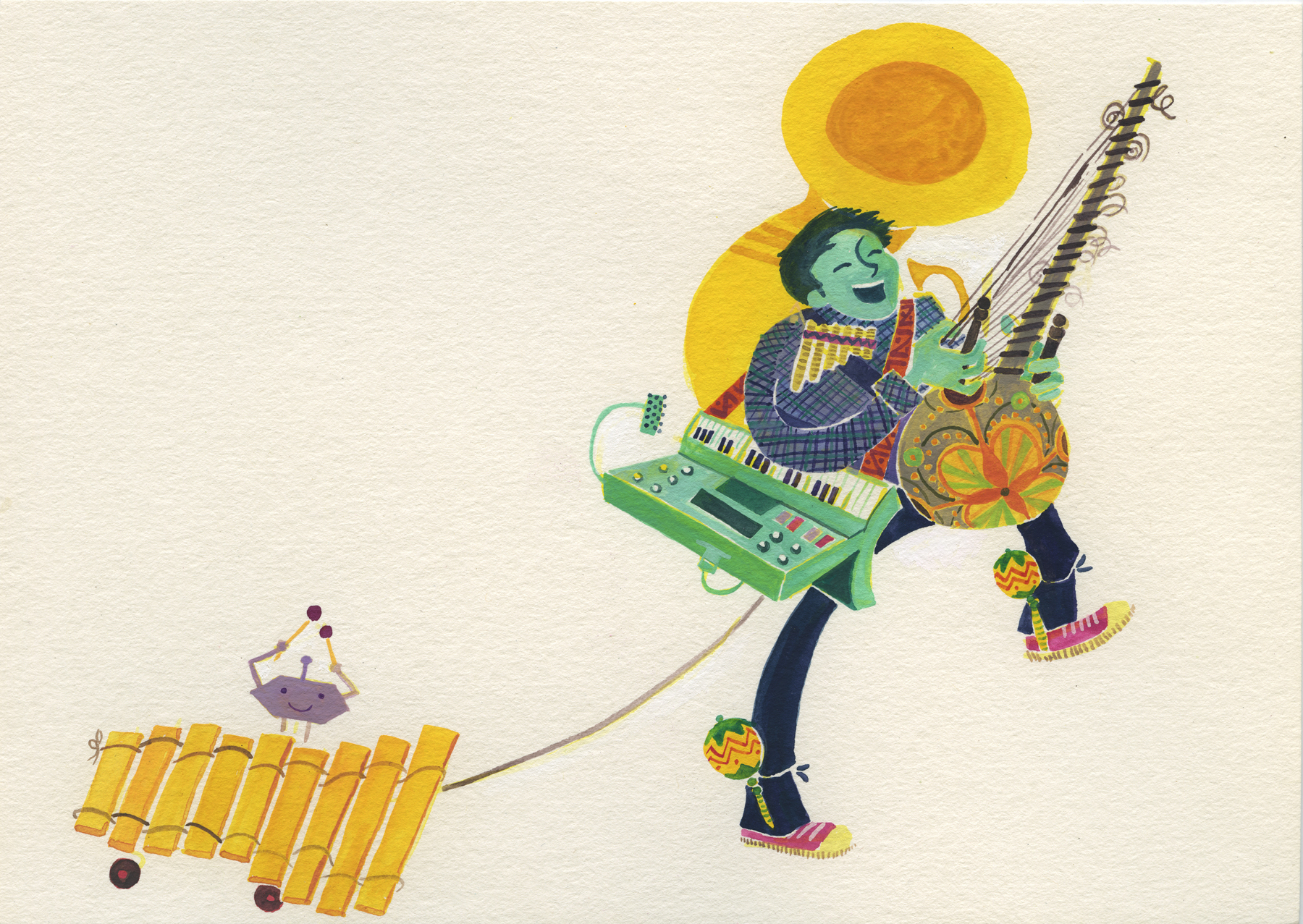Difference between revisions of "Hyperculture"
Caseorganic (Talk | contribs) |
Caseorganic (Talk | contribs) |
||
| Line 1: | Line 1: | ||
[[Image:supermodernity-maggie-nichols.jpg|600px|center]] | [[Image:supermodernity-maggie-nichols.jpg|600px|center]] | ||
===Definition=== | ===Definition=== | ||
| − | Hyperculture or supermodernity is a term | + | Hyperculture or supermodernity is a term that refers to the staggering rate of change in modern technological societies.<ref>Bain, C. et al. (2002). Transitions in society: the challenge of change. Toronto: Oxford University Press.</ref> This accelerated form of modernity is a result of the transformation of time and space in postmodern society. |
| − | + | Hyperculture is the natural outcome of living in a digitally connected society capable of rapid communication. Value and excitement can be created by simply remixing objects from completely different eras and forms. What might have been opposing objects can be put together to form new meaning. For instance, one can take the shape of a rocketship, hollow it out, attach a coffee cup handle and submit it to a 3D printed object marketplace, immediately creating a new product available for on-demand consumption. In response, the new object may be covered by bloggers and trend-spotters and be given access to a immediate market. | |
| + | |||
| + | Everything may be used to make something. All culture and history, and all materials. Evidence of this is the remix culture of YouTube videos, the musician Girl Talk, and the re-commodification of history and historical objects by hipster culture. In a hypercultural era, all of history is in the cultural domain, all culture is capable of being processed, wound down, and remixed. Everything is a Lego block for creating something new. Hyperculture is the essence of a melting system of objects and value where everything blends together. All religions, arts, cultures, scientific techniques, all business commerce and trade are up for being remixed and reconsumed. The ultimate melting pot of thought, image, and existence. | ||
| + | |||
| + | ==References== | ||
| + | <references/> | ||
[[Category:Finished]] | [[Category:Finished]] | ||
Latest revision as of 01:36, 10 November 2012
Definition
Hyperculture or supermodernity is a term that refers to the staggering rate of change in modern technological societies.[1] This accelerated form of modernity is a result of the transformation of time and space in postmodern society.
Hyperculture is the natural outcome of living in a digitally connected society capable of rapid communication. Value and excitement can be created by simply remixing objects from completely different eras and forms. What might have been opposing objects can be put together to form new meaning. For instance, one can take the shape of a rocketship, hollow it out, attach a coffee cup handle and submit it to a 3D printed object marketplace, immediately creating a new product available for on-demand consumption. In response, the new object may be covered by bloggers and trend-spotters and be given access to a immediate market.
Everything may be used to make something. All culture and history, and all materials. Evidence of this is the remix culture of YouTube videos, the musician Girl Talk, and the re-commodification of history and historical objects by hipster culture. In a hypercultural era, all of history is in the cultural domain, all culture is capable of being processed, wound down, and remixed. Everything is a Lego block for creating something new. Hyperculture is the essence of a melting system of objects and value where everything blends together. All religions, arts, cultures, scientific techniques, all business commerce and trade are up for being remixed and reconsumed. The ultimate melting pot of thought, image, and existence.
References
- Jump up ↑ Bain, C. et al. (2002). Transitions in society: the challenge of change. Toronto: Oxford University Press.
